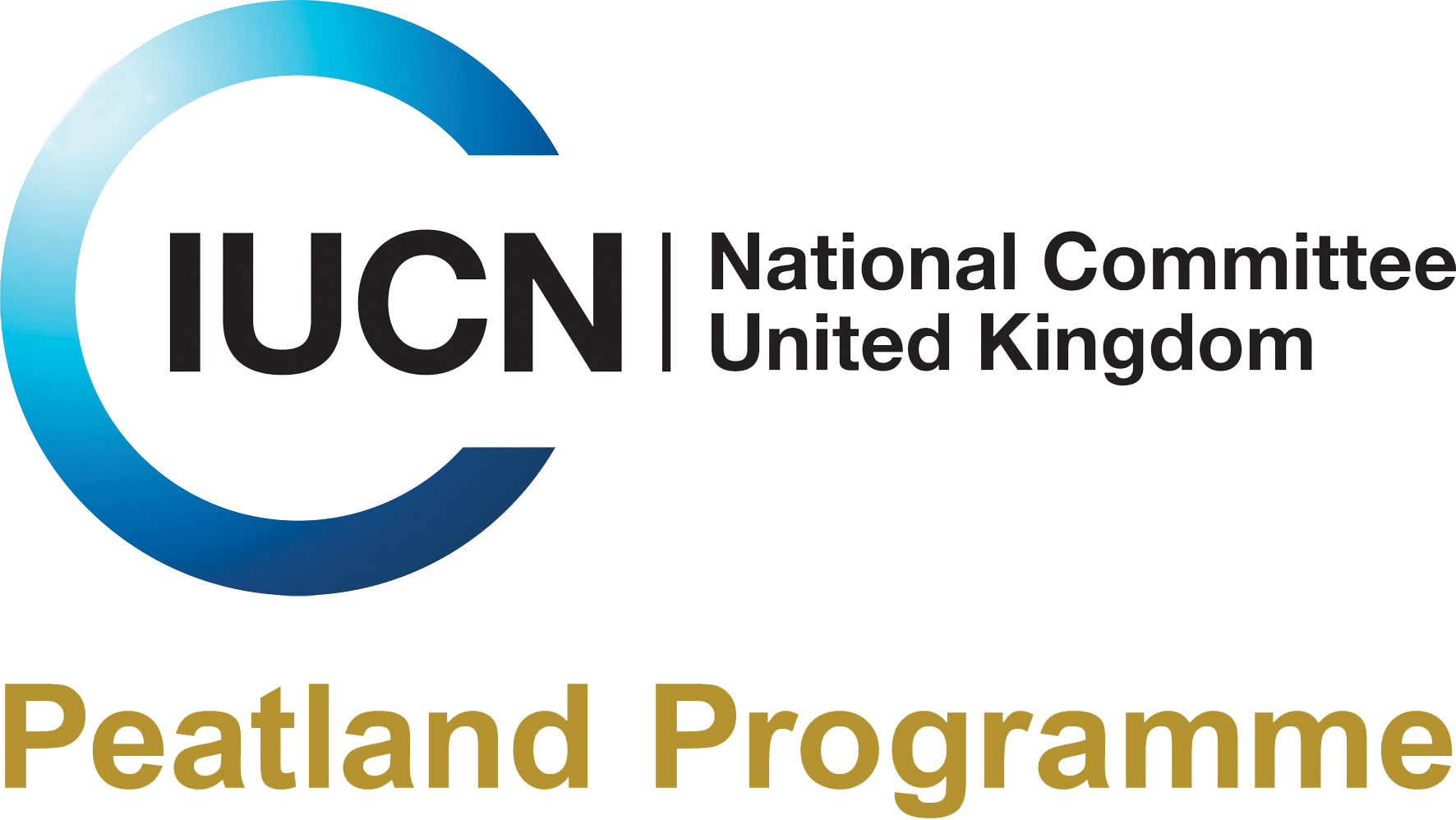Yorkshire Peat Partnership celebrates another successful year
As Yorkshire Peat Partnership (YPP) heads into the new restoration season, they take a moment to celebrate their achievements from the previous (2020-2021) season with their annual report.
